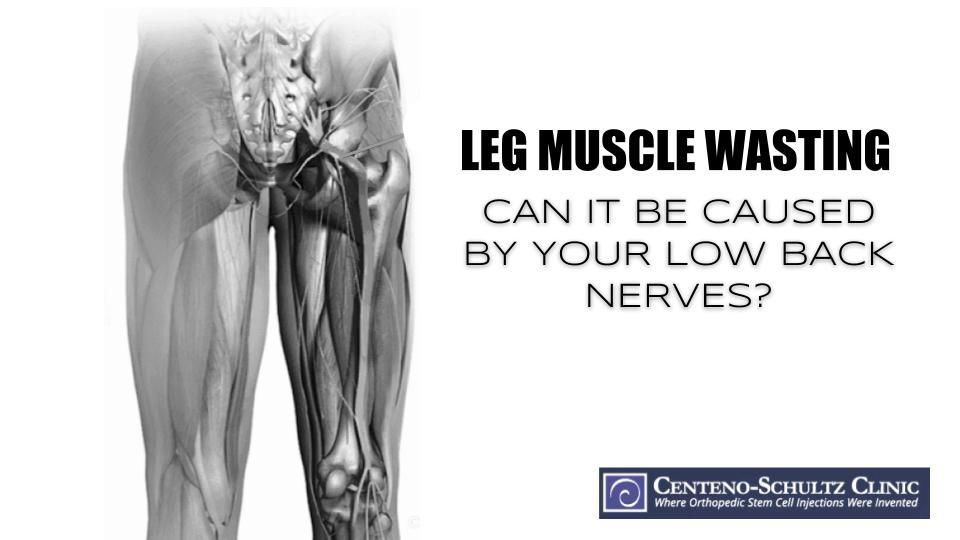Leg muscle wasting is common with aging. If you’re over 60 and relatively sedentary, you may have started to notice thinning legs or even a flatter, less firm bottom; this is a sign of muscle wasting. While we might be inclined to attribute this to a less active lifestyle or lack of regular exercise, and indeed lack of exercise will shrink the muscles, sometimes there’s another cause also at play. There could actually be a problem with the nerves at the low back that supply the legs, and you may not even know you have a nerve or back problem.
Low Back Pain Isn’t a Given with a Nerve Issue
The first thing you might start to notice with muscle wasting due to a nerve issue in the low back, as mentioned above, is flatter buttocks. Why? Because it’s the first stop along the nerve branch that starts at the spine and reaches all the way down to the toes. If the nerve issue continues to go unaddressed, especially with aging and lack of activity, leg muscle wasting will soon follow.
If there is an irritated low back nerve, you may or may not have low back pain. In fact, a nerve that’s irritated at the spine may, or may not, cause pain anywhere along that nerve branch, even at the hip, knee, or ankle, without any pain at the spine at all. And nerve supply to any area of the branch can be disrupted; hence, the muscle wasting. If the nerve can’t supply the muscle, the muscle can’t thrive and begins to weaken and shrink.
One study found that active leg nerves in those aged 75 had decreased by 30% and only worsened (as much as 60%) from that age onward. Those with healthier, stronger muscles at that age had a greater chance or reinnervation, or restoration of nerve supply, once the low back issue was addressed. Restoration of nerve supply in the sarcopenia (significant wasting of muscle) group, however, was less likely.
So in other words, if we don’t address a low back nerve issue sooner rather than later, and leg muscle wasting begins, it’s much more difficult, if not impossible, to reinnervate that muscle. No communication from the nervous system means the muscle first becomes dormant and then begins to waste away if we neglect to wake it back up.
How to Take Care of Your Muscles
First, exercise is imperative to keeping muscles healthy and strong. Strong muscles can weather a low back nerve issue more effectively than weak ones, and aging people who exercise regularly actually have muscles more similar to younger people than to their nonexercising counterparts.
Second, if you have some nerve irritation in your low back or are experiencing some leg muscle wasting or other symptoms in your lower limbs, with or without pain, it’s a good idea to see your interventional orthopedic physician to have this assessed. If there is a nerve issue in your low back, platelet lysate (growth factors that are isolated from your own blood platelets) can be precisely injected around those nerves. Read more about our alternatives to back surgery to learn more.
If you are middle age or younger, be proactive now and just keep, or start and don’t stop, exercising. As you age, strong, healthy muscles have a much better chance at recovering following a nerve issue in the low back. If, on the other hand, you are a bit older and you’re already seeing signs of leg muscle wasting, get this assessed right away so you don’t make matters worse. Listen to your body!

